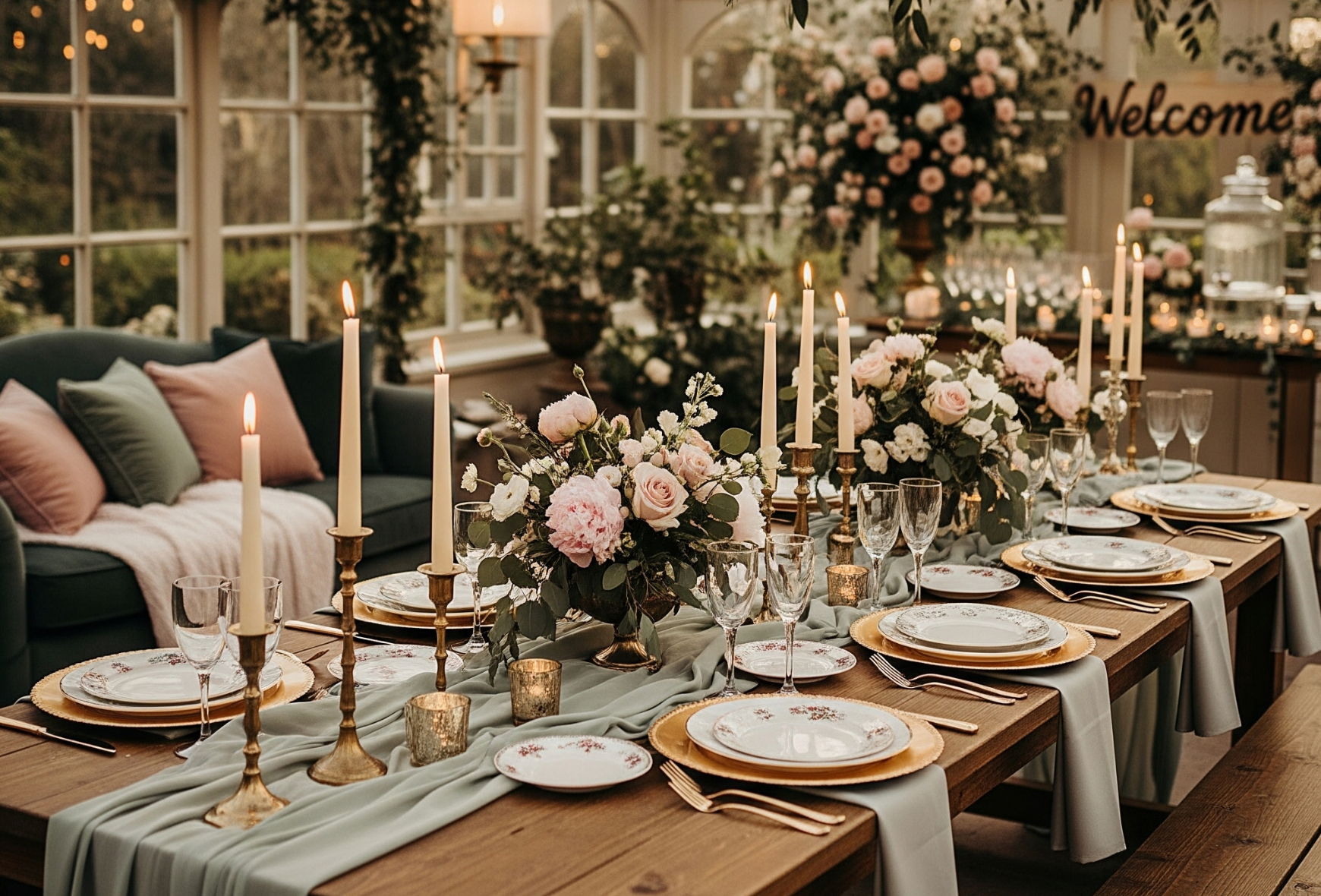
Finding the Right Seamstress
The search for your perfect wedding dress alteration specialist should begin soon after you've found "the dress." Not all seamstresses are created equal, and wedding gowns require specialised skills. Ask your bridal boutique for recommendations, as they often have trusted professionals they work with regularly. Alternatively, seek recommendations from recently married friends or read online reviews.
When meeting potential seamstresses, bring photos of your dress and discuss your vision. Ask about their experience with similar fabrics and styles, their availability leading up to your wedding date, and their pricing structure. Most importantly, trust your instincts—you'll be working closely with this person during an emotional time, so personal rapport matters.
Timing is Everything
Most wedding dresses require multiple fittings, typically spanning 2-3 months before the big day. Schedule your first fitting approximately 8-12 weeks before your wedding. This allows enough time for major alterations while ensuring your body shape hasn’t significantly changed by the wedding day.
Your final fitting should be scheduled 1-2 weeks before the ceremony. This tight timeline ensures your dress fits perfectly while accommodating any last-minute weight fluctuations or posture adjustments.
What to Bring to Each Fitting
To achieve the perfect fit, bring the exact undergarments and accessories you'll wear on your wedding day to every fitting:
- Your wedding shoes with the exact heel height
- Your chosen bridal undergarments (bra, shapewear, etc.)
- Any jewellery that might affect the fit (particularly for strapless or backless styles)
- Your veil or hairpiece if they connect to your dress
Having these items ensures your seamstress can make precise adjustments, accounting for your complete bridal look.
Common Alterations Explained
Understanding typical wedding dress alterations helps set realistic expectations:
Hemming: Nearly all wedding dresses require hemming to match your height and shoes. Intricate lace dresses or those with detailed borders require particular skill and may cost more.
Taking In/Letting Out: Most seamstresses recommend purchasing a dress that fits your largest measurement, then taking in other areas as needed. Dresses can typically be taken in 1-2 sizes. Letting out is more limited, usually only 1/2 to 1 size if extra fabric exists in the seams.
Bodice Adjustments: Ensuring the bodice fits perfectly is crucial for comfort and aesthetics. Adjustments might include tightening the bust, adding cups for support, or modifying straps.
Bustle: If your dress has a train, you'll need a bustle to lift and secure it for dancing. Various bustle styles exist—French, American, Austrian—each creating a different look and varying in complexity.
Budget Planning
Wedding dress alterations often cost more than expected. Budget NZ$600-NZ$1,200 for standard alterations, but complex changes to beaded gowns or significant restructuring can exceed NZ$2,000. Request a written estimate after your first consultation and clarify if the seamstress charges per service or a flat rate.
Remember that rush fees may apply for tight timelines, so booking well in advance is financially prudent as well as practically sensible.
Communicating Your Vision
Clear communication is vital throughout the alteration process. Bring inspiration photos showing how you envision wearing your dress. Be specific about comfort requirements—sitting, dancing, and moving freely should all be considered.
Don’t be afraid to speak up if something doesn’t feel right. Minor adjustments at early fittings prevent major issues later. A skilled seamstress welcomes this feedback rather than viewing it as criticism.
Final Fitting Checklist
Your final fitting should confirm:
- You can sit comfortably
- You can walk, climb stairs, and dance with ease
- The hem clears the floor by the right amount with your wedding shoes
- The bustle functions properly and can be easily managed by a helpful wedding party member
- Any special features (sleeves, neckline, back details) sit perfectly
Ask a friend or family member to attend this appointment to learn how to do up your dress and manage the bustle.
After the Final Fitting
Once alterations are complete, proper dress storage becomes crucial. Hang your dress in a breathable garment bag in a cool, dry place away from direct sunlight. Position it so that nothing crushes the fabric or details.
Arrange transportation to your venue that accommodates your dress without excessive folding. Some brides book their own car service just for the dress!
On Your Wedding Day
Allow extra time to dress on your wedding day. Even with perfect alterations, the emotional significance of the moment may make the process take longer than expected.
Pack an emergency kit including double-sided fashion tape, safety pins, and a small sewing kit for unexpected issues. These tools can quickly address minor concerns without panic.
Remember that your seamstress has prepared your dress to accommodate sitting, dancing, eating, and enjoying your celebration. Trust their craftsmanship and focus on making memories rather than worrying about your dress.
When Alterations Aren’t Enough
Occasionally, a bride may discover that her chosen dress simply isn’t working despite alterations. If you're experiencing persistent doubts after multiple fittings, consider whether it’s time to explore other options. While emotionally difficult, selecting a different dress that requires fewer structural changes may ultimately create less stress.
Most bridal shops have rush options available for such situations, and sample sales can provide immediate alternatives. Your happiness and comfort on your wedding day should always be the priority.
Read some more of our articles in our Wedding Tips section for more insights.


